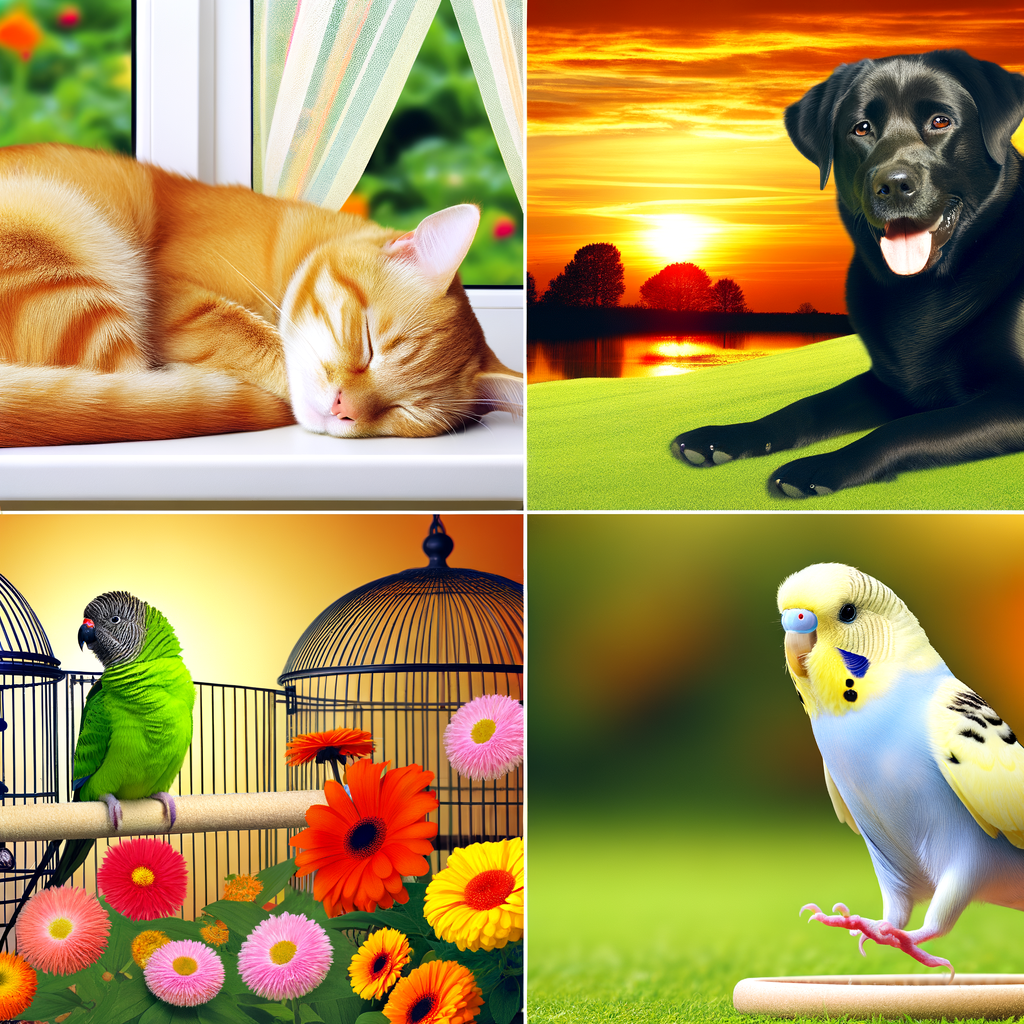Understanding Your Pet's Tail Whirls: A Guide to Interpret Their Unique Language

When it comes to understanding our pets, there’s more to their communication than meets the eye. One of the most overlooked aspects of pet behavior is the language of ‘Tail Whirls.’ Whether you own a dog, a cat, or even a rabbit, deciphering the meaning behind your pet’s tail movements can give you a deeper insight into their emotions and intentions. In this blog post, we will take a deep dive into the fascinating world of tail whirls, helping you become fluent in this unique pet language.
Tail Whirls – An Intricate Language
Just like human beings, our furry friends also possess a sophisticated language to express their emotional states. Tail whirls, or the various ways in which pets move their tails, form an integral part of this language. They can be a clear indicator of their emotions, ranging from happiness and excitement to fear and aggression.
Interpreting Tail Whirls in Dogs
In dogs, a fast wagging or whirling tail often signifies excitement or happiness. However, it’s not always the case. A stiff, quickly whirling tail can also indicate agitation or aggression. It is crucial to consider the entire body language of your canine friend while interpreting their tail movements.
Understanding Tail Whirls in Cats
Cats, on the other hand, have a different tail language. A lightly flicking tail usually indicates contentment, while
